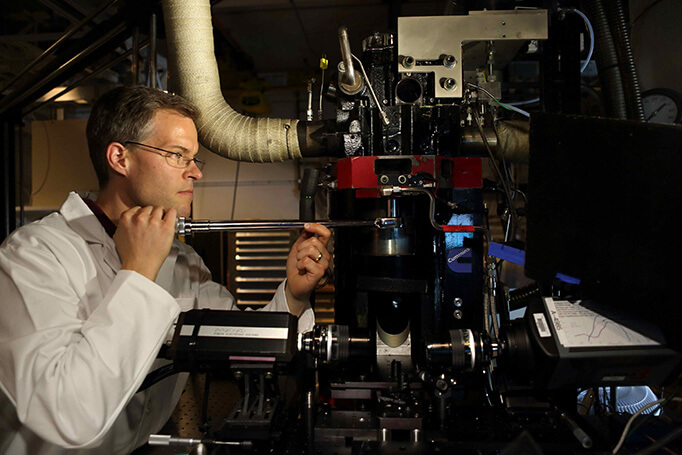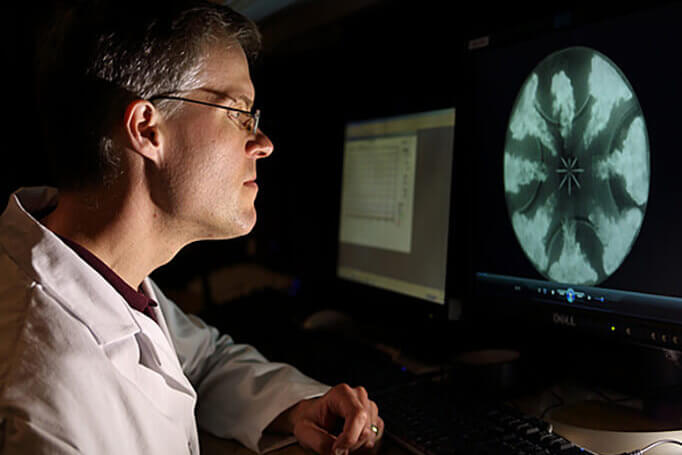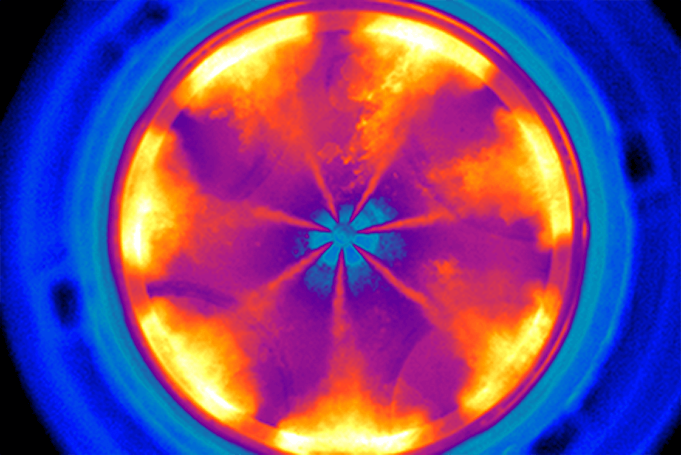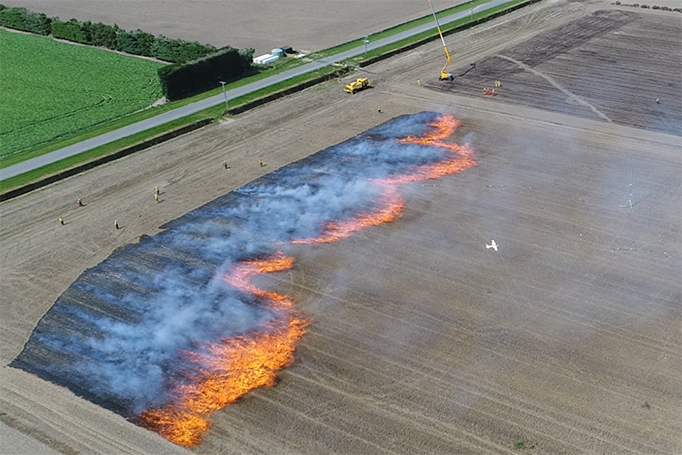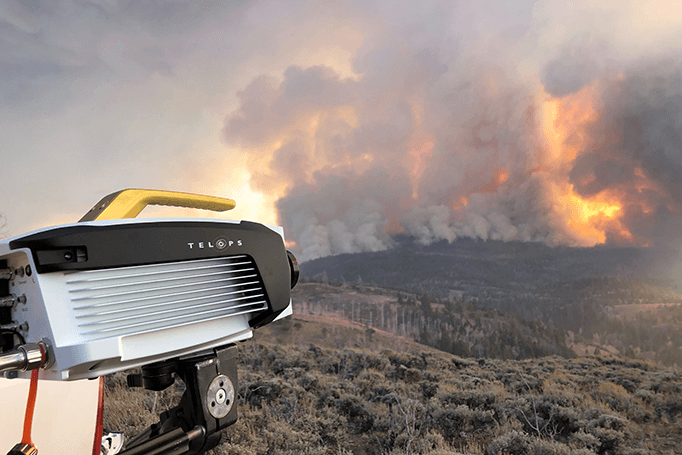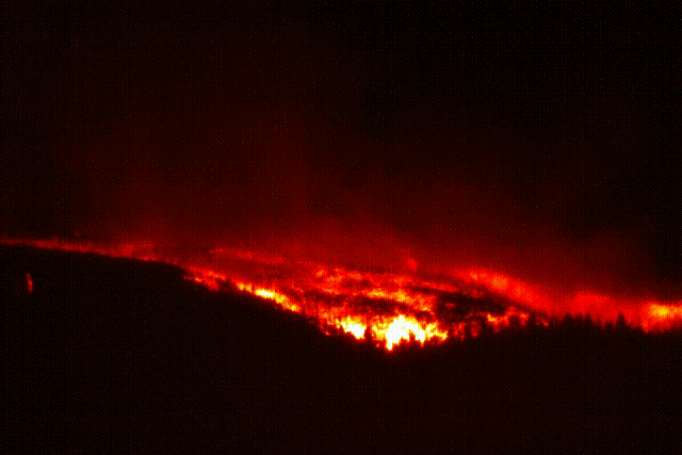Most combustion reactions generate infrared-active gases such as carbon dioxides (CO2) and water vapor as well as known pollutants like carbon monoxide (CO) and nitrogen oxides (NOx). On this regard, infrared imaging represents an interesting diagnostic tool as it allows chemical imaging and temperature measurement at the same time. High-speed infrared imaging is useful for characterizing fuel injection, ignition and combustion in internal combustion engines (ICE), gas turbines or jet engines, regarding which lowering fuel consumption and soot generation represents an important research aspect.
